Can I Do Powerlifting And Bodybuilding Together?
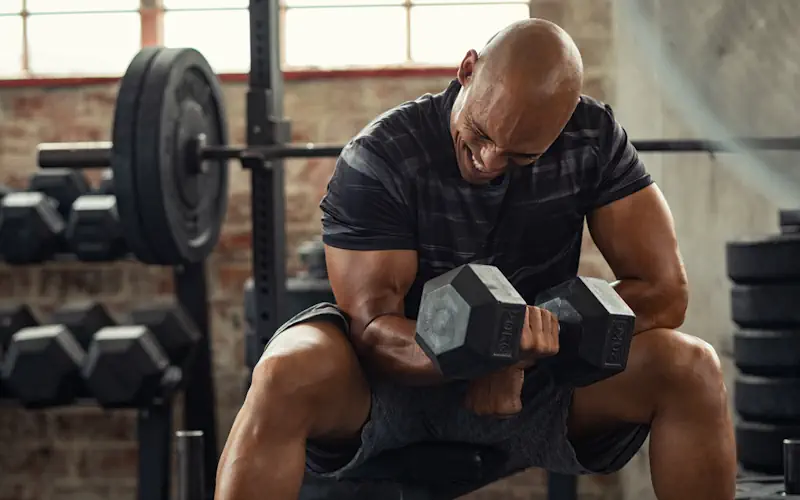
""
What's In This Article
- Key Highlights
- Introduction
- The Fundamentals of Powerlifting and Bodybuilding
- Analyzing the Differences: Powerlifting vs. Bodybuilding
- Combining Powerlifting and Bodybuilding: Is It Feasible?
- Success Stories: Athletes Who Excel in Both
- Structuring a Dual-Focused Training Program
- Nutritional Strategies for Powerbuilding
- The Science Behind Combining Powerlifting and Bodybuilding
- How to Incorporate Powerlifting into Your Bodybuilding Routine
- The Mental Benefits of Balancing Powerlifting and Bodybuilding Workouts
- Frequently Asked Questions
Key Highlights
- Powerlifting and bodybuilding can be combined, but it requires careful planning and balancing training, diet, and recovery strategies.
- Both powerlifting and bodybuilding have their own unique core principles and training objectives.
- Powerlifting focuses on strength, while bodybuilding focuses on muscle mass and aesthetics.
- The exercises utilized in powerlifting and bodybuilding differ. Powerlifting emphasizes the big three compounds (squat, bench press, deadlift), while bodybuilding focuses more on isolation movements.
- It is possible to integrate powerlifting and bodybuilding training styles to benefit strength and muscle growth.
- Strategic periodization and adjusting nutrition are key factors in successfully combining powerlifting and bodybuilding.
Introduction
Powerlifting and bodybuilding are two popular disciplines in strength training and physical fitness. While they may seem similar on the surface, with both involving lifting weights and building muscle, there are distinct differences. Powerlifting is a sport that focuses on strength and involves competing in three main lifts: squat, bench press, and deadlift. On the other hand, bodybuilding is a sport that focuses on developing muscle mass, symmetry, and aesthetics, with muscle mass being the main focus.
Traditionally, powerlifting and bodybuilding have been seen as separate endeavors, with athletes specializing in one or the other. However, in recent years, there has been a growing interest in combining both disciplines, known as powerbuilding. This approach aims to achieve the strength gains of powerlifting while also focusing on the muscle hypertrophy and aesthetic goals of bodybuilding.
In this blog, we will explore the fundamentals of powerlifting and bodybuilding, analyze their differences and similarities, discuss the feasibility of combining both disciplines and provide tips on how to structure a training program that incorporates both powerlifting and bodybuilding techniques. We will also delve into the benefits and challenges of merging these two disciplines and highlight some success stories of athletes who excel in powerlifting and bodybuilding. Whether you are a seasoned lifter or a beginner looking to optimize your training, this blog will provide valuable insights into the world of powerlifting and bodybuilding and help you decide if combining the two is the right approach for you.
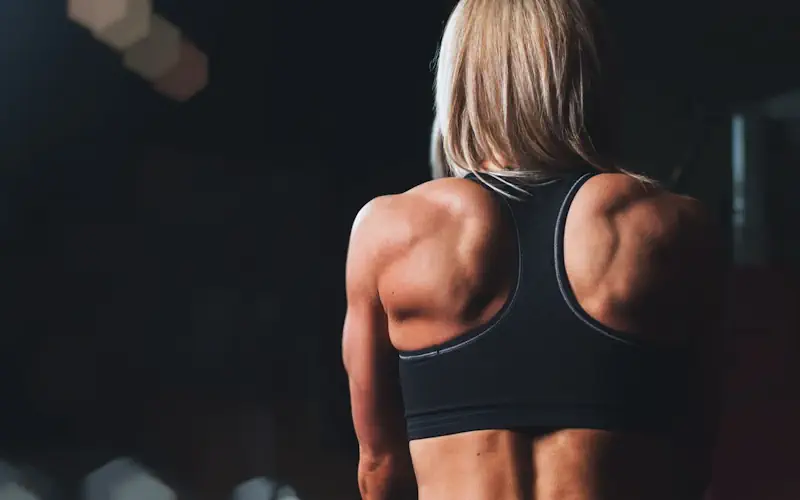
The Fundamentals of Powerlifting and Bodybuilding
Before we dive into the specifics of combining powerlifting and bodybuilding, it is important to understand the core principles of each discipline. Powerlifting is a strength-focused sport that involves competing in three main lifts: squat, bench press, and deadlift. The goal of powerlifting is to lift as much weight as possible in each lift. On the other hand, bodybuilding focuses on developing muscle mass, symmetry, and aesthetics. Bodybuilders typically use a combination of resistance training, nutrition, and supplementation to build and sculpt their physique. By understanding the fundamentals of the two approaches, we can better appreciate the differences and similarities and how they can be integrated.
The Core Principles of Powerlifting
Powerlifting is a strength-focused sport that requires athletes to showcase their maximum strength in three main lifts: squat, bench press, and deadlift. The objective is to lift as much weight as possible in each lift, with the heaviest successful attempt combined to determine the overall total. Powerlifters train specifically for these lifts, focusing on heavy weight, low rep ranges, and technical proficiency. They often work on developing maximal strength through progressive overload and periodized training programs. Powerlifters also compete in meets, performing these three lifts in front of judges who assess the lift for depth, form, and execution. The total weight lifted by the powerlifter determines their ranking in the competition.
The Core Principles of Bodybuilding
Bodybuilding is a sport that focuses on developing muscle mass, symmetry, and aesthetics. Bodybuilders aim to build and sculpt their physique through resistance training, nutrition, and supplementation, sometimes using steroids. They typically follow a training program that involves higher rep ranges and incorporates a variety of exercises targeting different muscle groups. The goal is to stimulate muscle hypertrophy, or muscle growth, by creating micro tears in the muscle fibers and allowing them to repair and grow stronger. Bodybuilders also pay close attention to their diet and nutrition, ensuring they have a caloric surplus to support muscle growth and consume adequate protein to support muscle repair. Supplementation is also common in bodybuilding, with athletes using various products to enhance performance, recovery, and muscle growth.
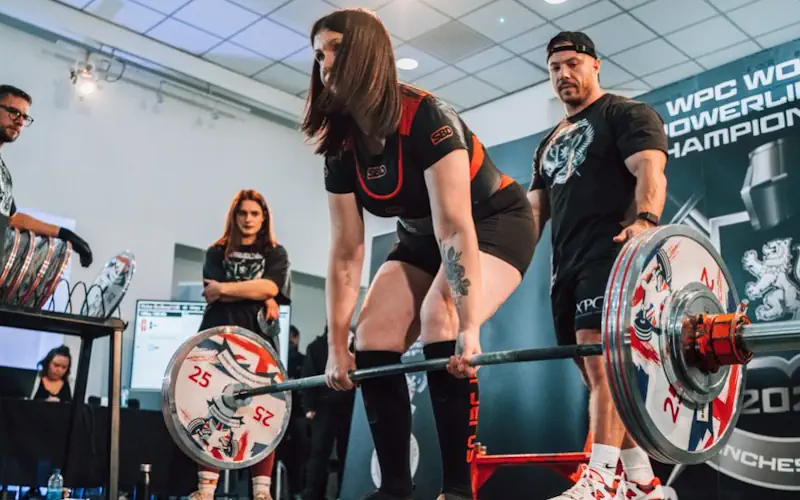
Analyzing the Differences: Powerlifting vs. Bodybuilding
While powerlifting and bodybuilding share a common goal of building strength and muscle, the two disciplines have several key differences. Powerlifting is focused on maximal strength and involves competing in three main lifts: squat, bench press, and deadlift. On the other hand, bodybuilding focuses on developing muscle mass, symmetry, and aesthetics. Powerlifters typically train with heavier weights and lower rep ranges, while bodybuilders often use higher rep ranges and focus on muscle hypertrophy. The exercises utilized in the two sports also differ, with powerlifters focusing on the big three compounds and bodybuilders incorporating a variety of isolation movements.
Training Objectives and Outcomes
The training objectives and outcomes of powerlifting and bodybuilding differ based on their focus. The former is primarily concerned with strength development, with the goal of lifting the maximum weight possible in the squat, bench press, and deadlift. Powerlifters prioritize heavy weight, low rep ranges, and technical proficiency in these lifts. The outcome of training is increased maximal strength in the specific lifts trained.
On the other hand, bodybuilding focuses on developing muscle hypertrophy, or muscle growth, as well as aesthetics and symmetry. Bodybuilders typically use a combination of resistance training, nutrition, and supplementation to achieve these goals. They prioritize higher rep ranges and various exercises targeting different muscle groups to stimulate muscle growth. Bodybuilding training also often includes accessory work or exercises that isolate specific muscle groups to enhance muscle development and balance further. Bodybuilding training results in increased muscle mass, improved muscle definition, and an aesthetically pleasing physique.
Competition Standards and Judging Criteria
Powerlifting and bodybuilding competitions have different standards and judging criteria. In powerlifting meets, powerlifters compete in the squat, bench press, and deadlift, with their maximum successful attempts in each lift combined to determine their overall total. Powerlifters are judged based on their technique, form, and execution of the lifts, including factors such as depth in the squat and full extension in the deadlift. The outcome of a competition is based on the weight lifted by the powerlifter, measured in kilograms or pounds (lbs).
On the other hand, bodybuilding competitions focus on the physique and aesthetics of the bodybuilders. Competitors are judged on various factors, including muscle size, definition, symmetry, and overall presentation. Bodybuilders showcase their physique through mandatory poses, allowing judges to assess their muscle development, proportions, and overall balance. The outcome of a bodybuilding competition is determined by the judges' evaluation of these factors and the overall presentation and aesthetic appeal of the bodybuilder's physique.
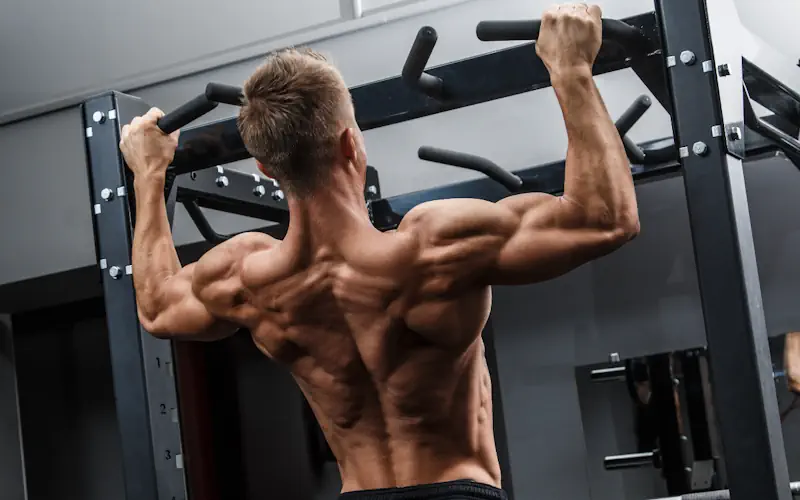
Combining Powerlifting and Bodybuilding: Is It Feasible?
Combining powerlifting and bodybuilding may seem challenging, as the two disciplines have different training objectives and approaches. However, with careful planning and a structured training program, it is possible to integrate elements of both sports to achieve good results. By incorporating strength-focused training methods from powerlifting and muscle hypertrophy techniques from bodybuilding, individuals can benefit from increased strength gains, muscle development, and overall physique improvement. In the following sections, we will explore the potential benefits and challenges of merging the two disciplines and guide how to structure a training program that combines both disciplines effectively.
The Potential Benefits of Merging Both Disciplines
Merging powerlifting and bodybuilding can offer a range of benefits for individuals looking to maximize their strength gains and develop dense muscle mass. Powerlifting focuses on heavy compound lifts, such as squats, bench presses, and deadlifts, which are excellent for building overall strength. On the other hand, bodybuilding emphasizes muscle hypertrophy through isolation exercises and higher volume training. By incorporating elements from both disciplines, individuals can experience the best of both worlds and make a better choice for their fitness goals.
Combining both sports can increase strength gains, as the heavy compound lifts in powerlifting stimulate the central nervous system and build overall strength. On the other hand, bodybuilding-style training with higher volume can promote muscle hypertrophy and create dense muscle mass.
Additionally, merging both disciplines can improve blood flow to the muscles, promoting nutrient delivery and enhancing recovery. This can result in improved muscle growth and overall performance. By combining the strength gains from powerlifting with the aesthetic focus of bodybuilding, individuals can achieve a well-rounded, strong, visually appealing physique. Incorporating cardio into this training regimen can also provide additional benefits, such as improved blood flow and a stronger cardiovascular system, which can aid overall performance and health.
Challenges and Considerations
Combining powerlifting and bodybuilding poses challenges and considerations due to differing training methodologies. Balancing strength and hypertrophy work to optimize muscle mass growth while ensuring strength gains can be complex. Managing heavy weights for powerlifting alongside higher rep ranges for hypertrophy requires strategic planning. Additionally, adjusting nutrition to support both aspects efficiently may pose a challenge. Overcoming plateaus and avoiding overtraining when integrating both disciplines demands a thoughtful approach. Balancing these factors is crucial for successful integration of the two approaches.
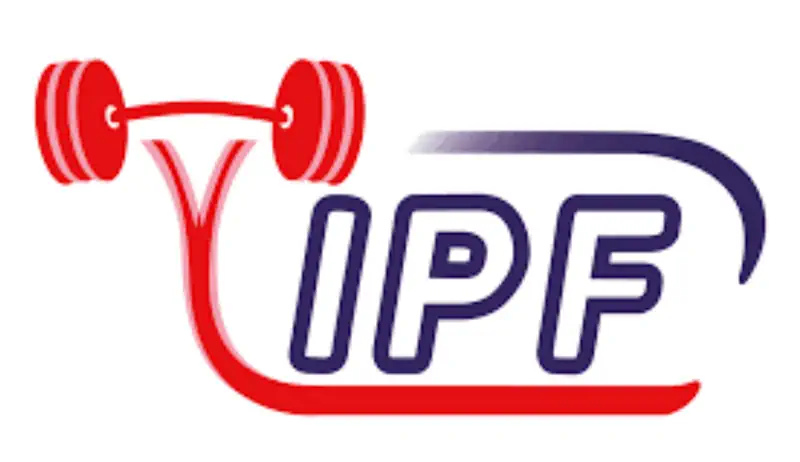
Success Stories: Athletes Who Excel in Both
Ronnie Coleman and Stan Efferding are exemplary athletes excelling in both powerlifting and bodybuilding. Their ability to balance strength and aesthetics has set them apart. These individuals showcase the immense benefits of integrating both disciplines, demonstrating that it is indeed possible to succeed in both powerlifting meets and bodybuilding competitions. Their achievements underscore the potential for extraordinary results when combining the principles of both sports effectively. Their success inspires aspiring athletes looking to merge these two demanding yet rewarding pursuits.
Case Studies and Inspirational Journeys
Ronnie Coleman, renowned for his dominance in both sports, embodies the fusion of both disciplines. A notable athlete, Susan Salazar showcases exceptional prowess in powerlifting meets and physique competitions. Their success underscores the compatibility of powerlifting and bodybuilding in respectable powerlifting federations like the IPF and WPC. By studying their journeys, aspiring athletes can glean insights into the harmonious integration of strength and aesthetics, motivating them to push boundaries. These exemplary cases emphasize the remarkable achievements possible when combining these two fitness realms.
What We Can Learn from Dual Athletes
Dual athletes who successfully navigate both powerlifting and bodybuilding offer invaluable insights. They demonstrate the potential to excel in diverse disciplines, showcasing the benefits of a balanced approach. By observing their training methods, we can understand how to optimize strength gains and muscle hypertrophy concurrently. Learning from their strategies, we grasp the importance of tailored programming that integrates the best of both worlds, providing a roadmap for aspiring individuals seeking to combine these disciplines effectively. Their achievements underscore the feasibility and potential rewards of embracing a dual-focused training regimen.
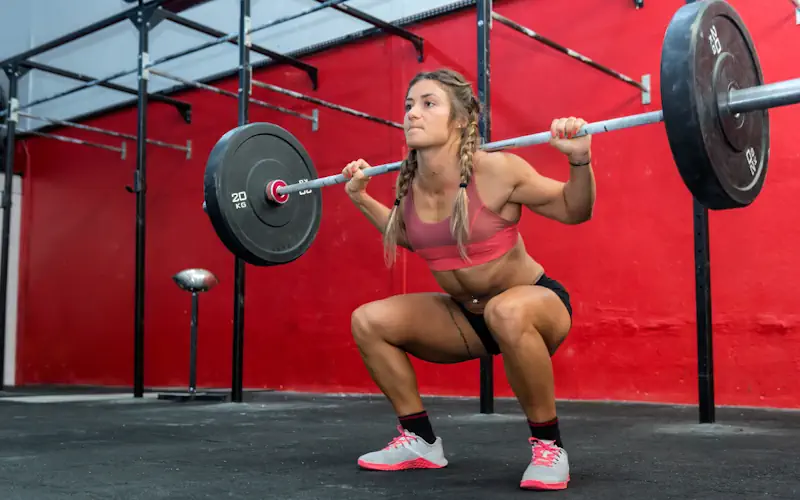
Structuring a Dual-Focused Training Program
To structure a dual-focused training program effectively, prioritize compound movements like low bar squats, deadlifts, and bench press for strength gains and muscle hypertrophy. Incorporate hypertrophy-focused exercises such as leg extensions, barbell rows, and isolation exercises for specific body parts. Alternate between heavy weights and higher rep ranges to balance strength and aesthetics. Design a total body routine that includes strength training and hypertrophy work, ensuring progression and variety to optimize results. Plan rest days strategically for recovery and growth.
Balancing Strength and Aesthetics
Achieving a balance between strength and aesthetics is crucial to excel in powerlifting and bodybuilding. Combining heavy lifting for strength gains with hypertrophy work for muscle mass and definition is key. Incorporating compound lifts like squats and deadlifts alongside isolation exercises for specific body parts ensures overall development. Structuring a routine that targets strength performance and muscle hypertrophy will lead to a well-rounded physique. The right balance between training volume, intensity, and rest is essential for optimal results. This may require dedicating a considerable amount of time to both training methods.
Sample Training Split
Consider a split focused on specific muscle groups each day for a combined approach. Day 1: Chest (bench press), Triceps. Day 2: Back (barbell rows), Biceps. Day 3: Legs (squats, leg extensions), Dumbbell exercises. Day 4: Shoulders (overhead press), Traps. Include a mix of heavy compound lifts and hypertrophy work targeting isolated muscles. Allow ample rest between sessions to optimize muscle recovery and growth. This balanced routine can help you progress in strength and muscle size simultaneously.
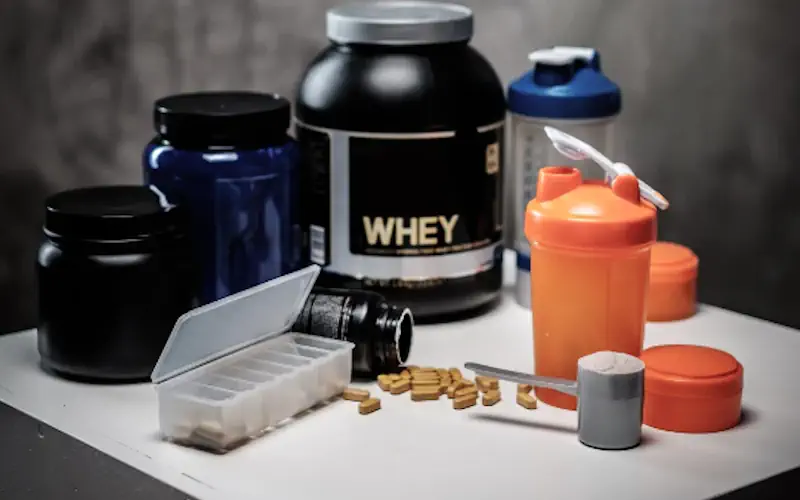
Nutritional Strategies for Powerbuilding
To optimize powerbuilding nutrition, focus on meeting calorie and macronutrient requirements. Support your goals with supplements tailored to both sports. Prioritize nutrient-dense foods like healthy fats and protein for muscle growth. Balancing carbs and proteins is crucial for sustained energy during intense workouts. Consider incorporating a mix of foods that support recovery and performance. Individual needs vary, so tailor your nutrition plan accordingly to fuel your powerbuilding endeavors effectively.
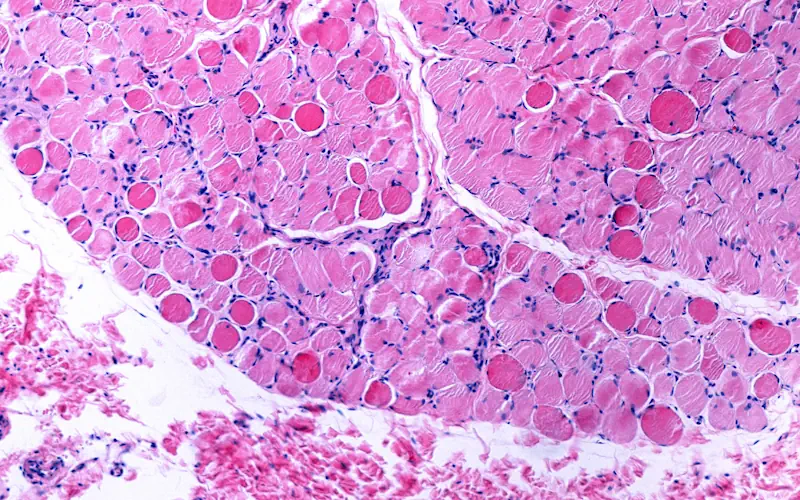
The Science Behind Combining Powerlifting and Bodybuilding
Comprehending the fusion of the two disciplines entails utilizing muscle hypertrophy and strength gain principles. Mixing rep ranges and exercises enhances hypertrophy, while heavy weights focus on strength and thickness. This strategy targets slow and fast twitch fibers for endurance and power. The combination of both disciplines maximizes muscle mass and structural integrity advantages.
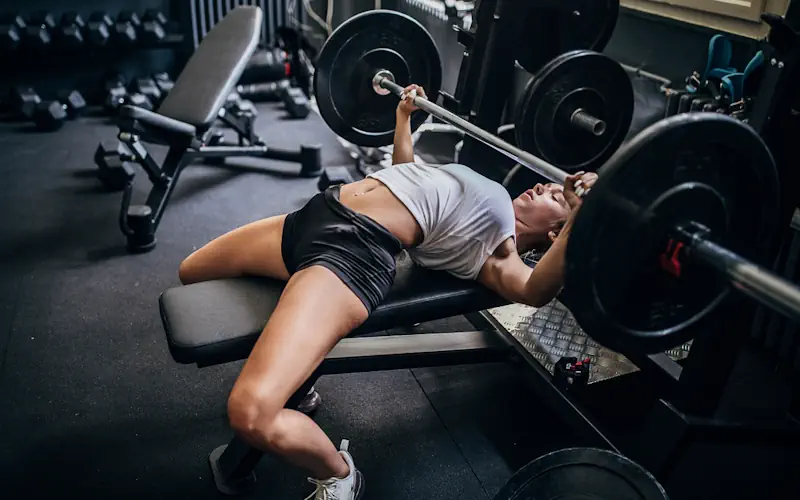
How to Incorporate Powerlifting into Your Bodybuilding Routine
To seamlessly merge powerlifting into your bodybuilding regimen, prioritize compound exercises like squats, deadlifts, and bench presses. These movements engage multiple muscle groups simultaneously, amplifying strength gains and muscle hypertrophy. Incorporate heavy weights for fewer reps to stimulate muscle growth effectively while ensuring proper form to avoid injuries. Include isolation exercises to target specific body parts for enhanced muscle development. Combining heavy lifting with hypertrophy work can synergize strength and size gains, leading to a well-rounded physique.

The Mental Benefits of Balancing Powerlifting and Bodybuilding Workouts
Balancing powerlifting and bodybuilding workouts enhances physical strength and fosters mental resilience. Juggling the demands of both disciplines cultivates discipline, focus, and determination. The strategic approach to training programs sharpens cognitive skills as athletes must adjust between strength and hypertrophy work. This mental agility translates into improved concentration and goal-setting abilities outside of the gym. Additionally, the sense of achievement from mastering two demanding disciplines boosts confidence and self-esteem, contributing to overall mental well-being.
Frequently Asked Questions
How Often Should I Train Each Discipline Per Week?
To optimize progress, aim for 3-4 days of powerlifting and 2-3 days of bodybuilding per week. This balanced approach allows sufficient recovery while effectively targeting strength and muscle growth. Consistency is key to mastering both disciplines.
Can I Participate in Competitions for Both Powerlifting and Bodybuilding?
Combining the two disciplines can be challenging in competitions due to differing judging criteria and training objectives. However, some athletes successfully compete in both disciplines, requiring dedication and tailored training programs.
What Are the Risks of Combining Powerlifting and Bodybuilding?
Combining the two may increase the risk of overtraining, potential muscle imbalances, and a higher likelihood of injuries due to the intensity and volume required for both disciplines simultaneously. Balancing recovery, nutrition, and workload is crucial to mitigate these risks.
How Long Before I See Results from a Combined Training Approach?
Results from a combined training approach can vary based on individual factors. Typically, improvements in strength may be noticed within a few weeks, while muscle growth and body composition changes may take a few months to become apparent. Consistency and proper nutrition are key.
Are There Specific Programs or Coaches Who Specialize in Powerbuilding?
Seek out specialized coaches or programs that cater to the unique combination of powerlifting and bodybuilding. Look for experts who understand both disciplines to tailor a training regimen aligned with your goals. Find mentors who can guide you effectively in the realm of powerbuilding.